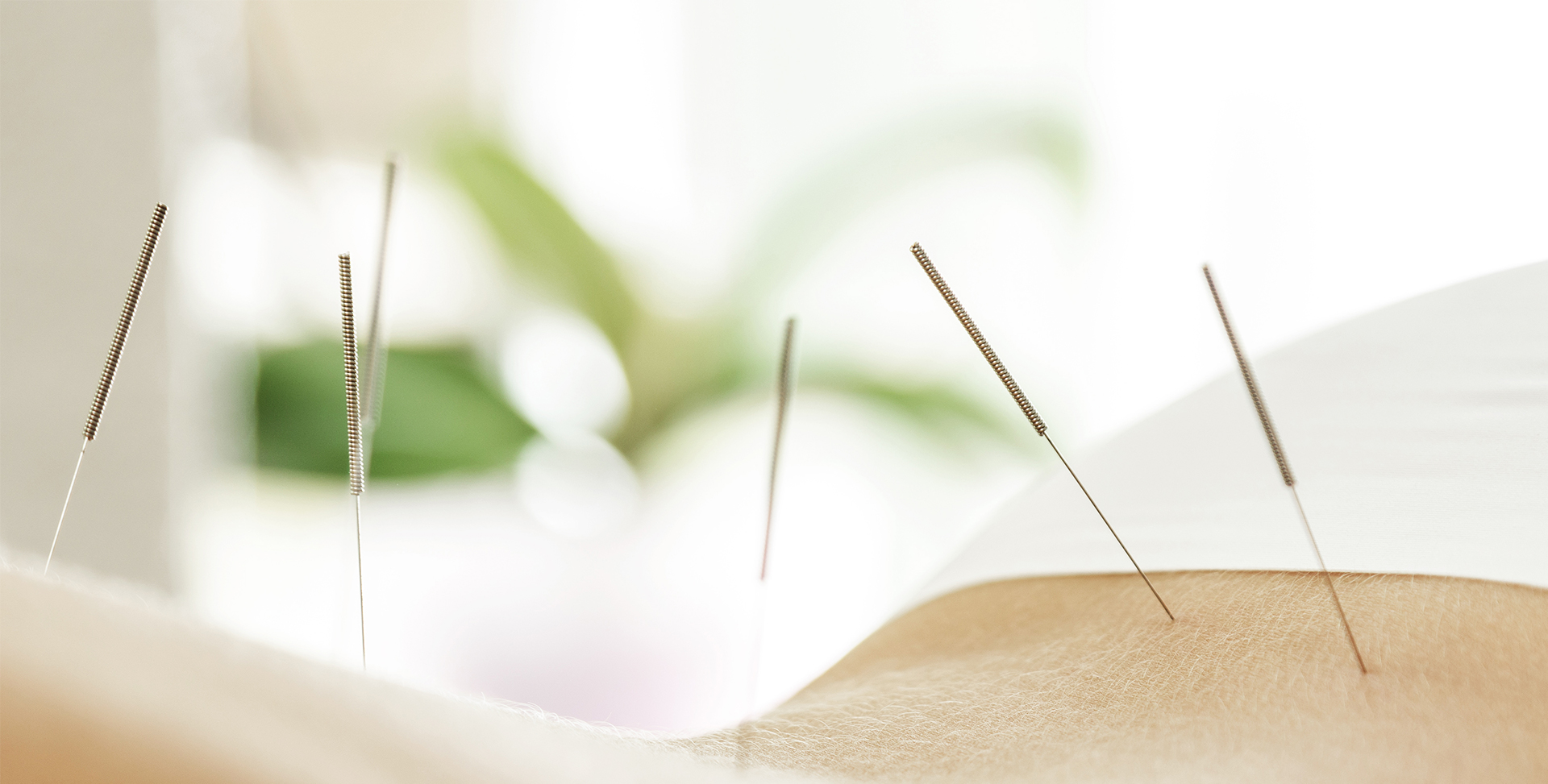
Acupuncture & Traditional Chinese Medicine
“The spirit and body are nothing but two manifestations of Qi; when Qi disperses, it is spirit; when it condenses, it is matter.” — Giovanni Maciocia
What Can Acupuncture Treat?
Acupuncture has been used for thousands of years to treat a wide range of conditions, including chronic pain, headaches and migraines, digestive disorders, hormonal imbalances and fertility, respiratory conditions, and more. It is also a powerful modality to treat mental and emotional imbalances such as grief, worry, overthinking, irritability, impatience, indecisiveness, mania, anxiety, and depression, as well as improving overall wellness, stress, and energy levels.
While it may not be an immediate cure-all, acupuncture is a safe and effective complementary treatment to other forms of medicine.
Traditional Chinese Medicine Philosophy
Traditional Chinese medicine (TCM) is a complex and sophisticated approach to healing. It has been developed over a period of at least 3,000 years and is based on ancient Chinese medical texts and clinical observation, as well as modern empirical research. Principles of Chinese medicine are based on the fundamental concept that the physical, spiritual and emotional body are interconnected and are governed by a network of energy called Qi (“chee”). As a result, Chinese medicine is holistic in nature and focuses on treating the flow of Qi within the individual rather than just the disease or symptom.
Because of its holistic nature, Chinese medicine focuses on the individual’s entire bodily pattern and the presence or absence of harmony between systems and energies in the body. It also focuses on the harmony between the body and the outside environment. When a person is ill, the symptoms experienced are only one part of a complete bodily imbalance. Chinese medicine considers concepts of deficiency and excess, seeking to balance heat and cold, dry and damp, and ultimately, Yin and Yang within the body.
Energy called Qi flows through the body in channels called “meridians.” Most of these channels are named for a physical organ (lung, liver, stomach, etc.) to which it is correlated, though some are named for more abstract concepts or systems in the body. The energy or Qi in each of these channels is associated with specific tissues, areas, and functions of the body, as well as with certain emotions, seasons, colors, tastes, and smells.
Traditional Chinese medicine (TCM) chooses its point location based on a TCM physical exam of the tongue and pulse, and evaluation of the individual’s energy meridians. This makes it a personalized treatment that focuses on the entire bodily pattern and the harmony between systems and energies in the body. This is unlike dry needling which only targets local pain and is commonly used by chiropractors and physical therapists.
What is Acupuncture?
Acupuncture is only one branch of Chinese medicine, which is a complete medical system. Chinese medicine includes diet and lifestyle counseling, herbal therapies, physical medicine (similar to massage and physical therapy), acupuncture, and therapeutic exercise.
Acupuncture uses very thin stainless steel needles to stimulate specific points along meridians. This stimulation can be directed to unblock energy that is “stuck” or to bring energy into areas that are lacking, thus assisting the body to move back into balance. In addition to needles, various other methods can be used to stimulate acupuncture points, including electricity, heat, massage, and suction created by special cups.
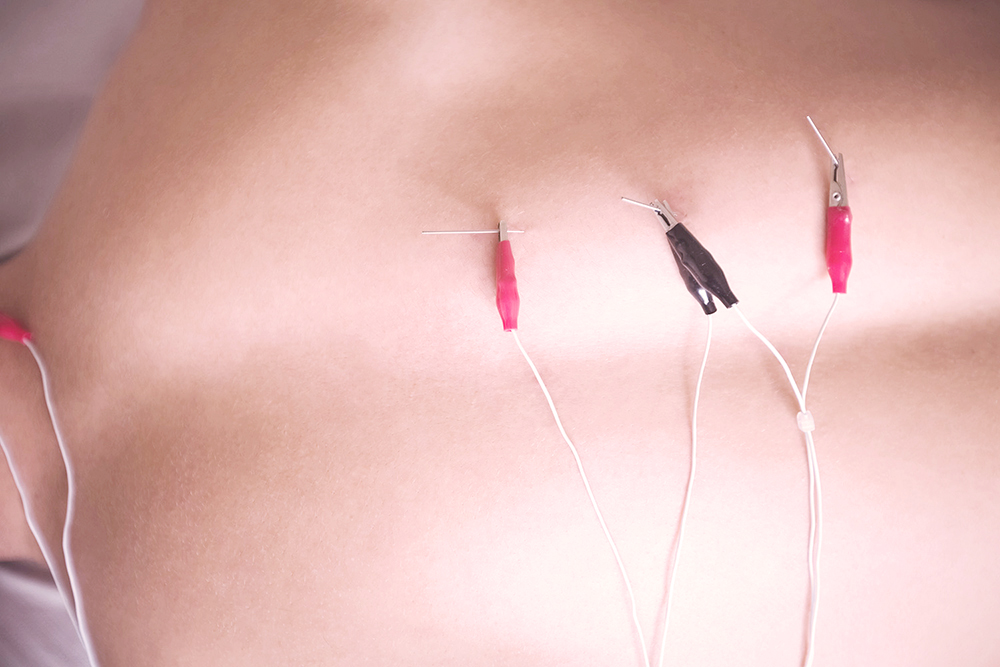
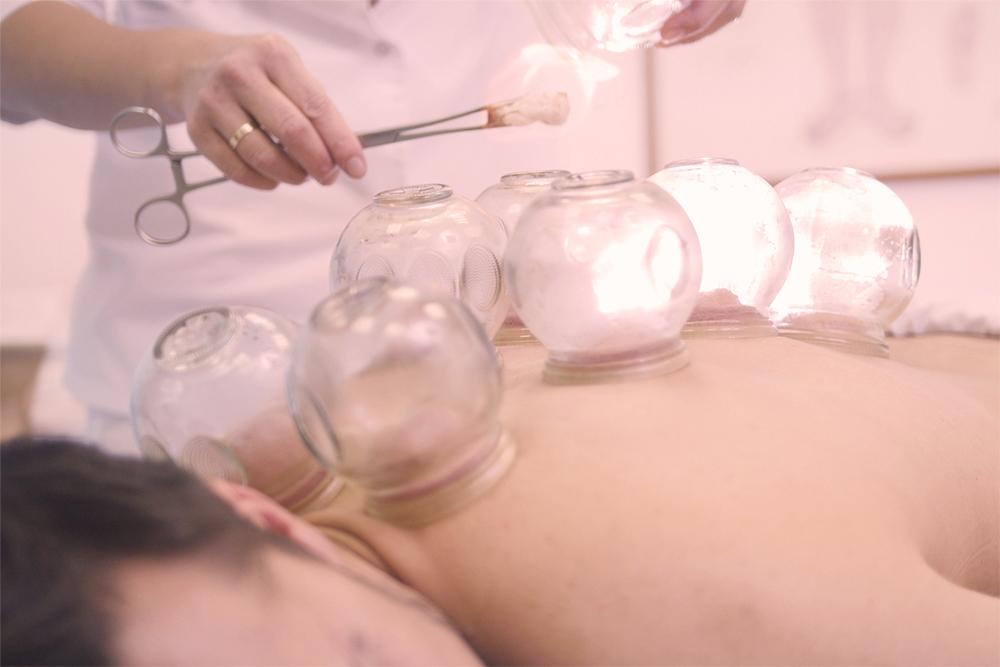
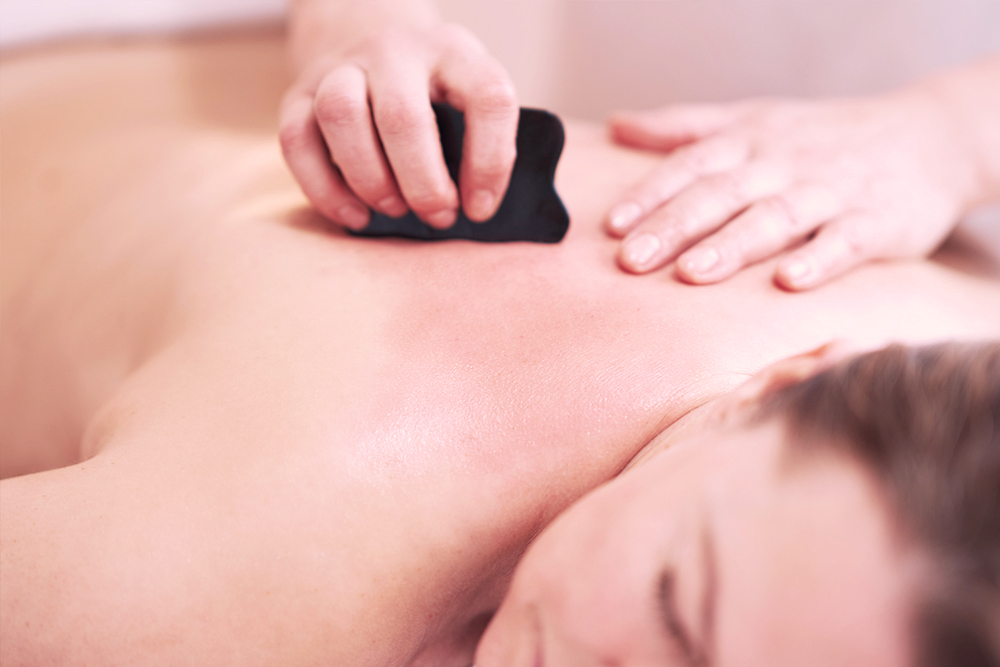
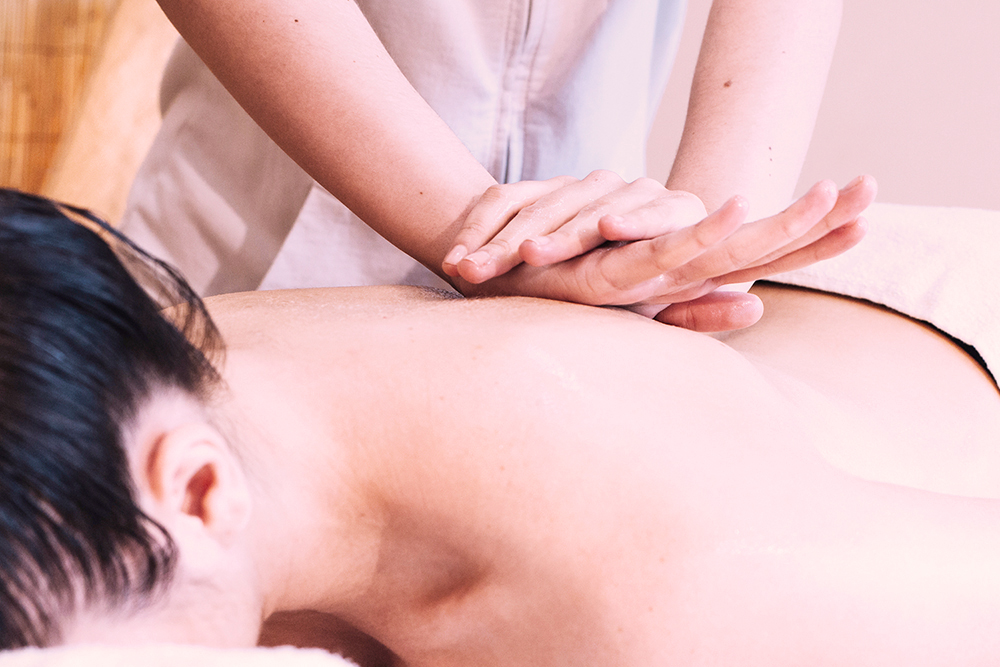
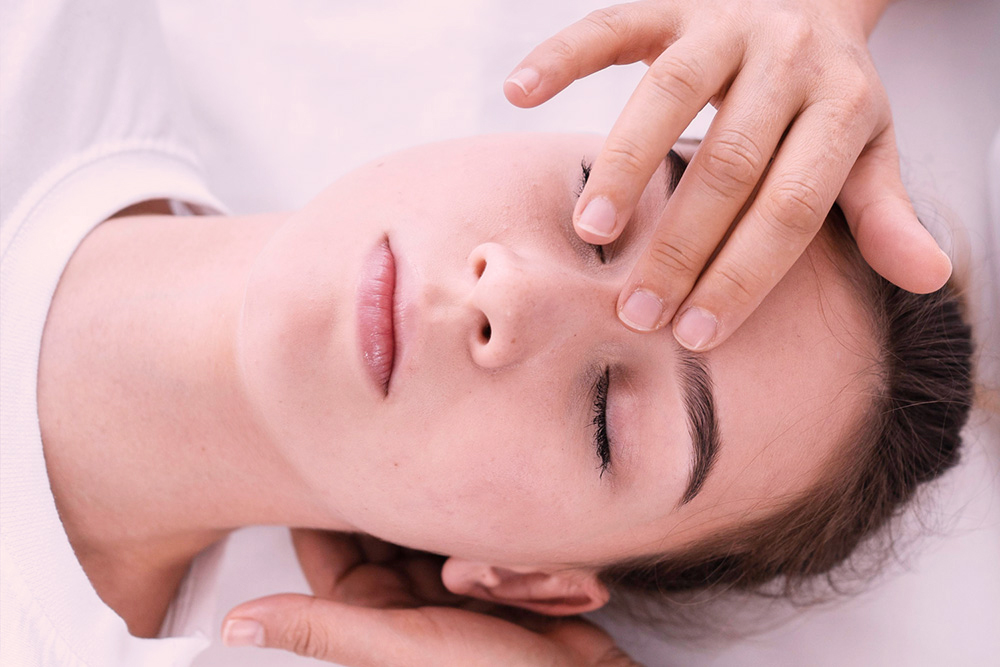
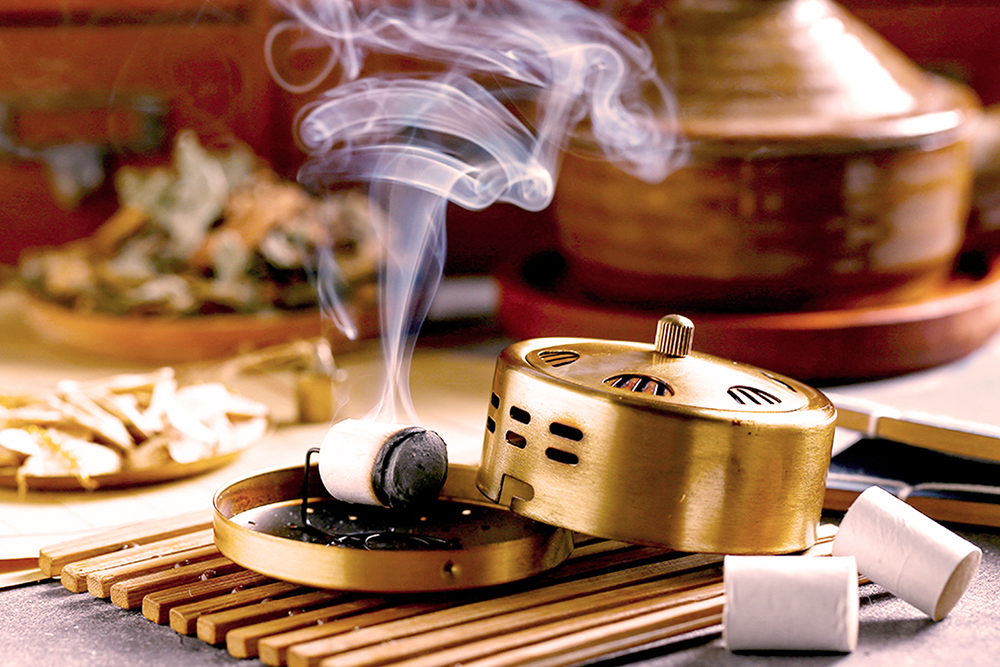
What to Expect in an Acupuncture Visit?
Current symptoms, general constitution, and body function will be discussed in detail at the start of the visit. The tone of hair, skin, teeth, and nails will be observed and meridians or specific points may be felt for tenderness. The pulse will be felt in three spots on each wrist to observe the energy of each of the meridians that are represented there. The tongue will be closely looked at, as its color and quality reflect many things about the balance of energy in the body. After collecting information through questions and observation, a treatment that is specific to the individual will be chosen. The acupuncture points to be treated will then be swiped with alcohol and needles will be inserted while the individual relaxes for 15-30 minutes, depending on the case and presentation.
If an additional modality such as electric stimulation, cupping, tuina, gua sha, or moxibustion is beneficial to the individual’s current presentation it will be discussed prior to the start of treatment to allow for the required time.
After treatment:
- Expect a sense of relaxation and calmness.
- Temporary mild itching and redness may occur around some acupuncture points, but this is rare and subsides within a couple of minutes.
- It’s recommended to avoid vigorous exercise, extended exposure to wind, and bathing two hours after treatment.
- Some people report immediate relief from pain or discomfort, while others may need several treatments before seeing significant results.
- To achieve the best results it’s important to follow the recommended treatment plan and attend all scheduled appointments.
Is Acupuncture Safe?
Acupuncture is generally considered very safe. While it is a medical procedure that punctures the skin and underlying tissues, injuries and side effects are very rare when treated by a trained practitioner of acupuncture and clean-needle technique. When injuries do occur, they are usually minor, such as painless bruises. All acupuncture needles are, by law, sterile. We use sterile, one-use, disposable needles. These needles come prepackaged and sterilized and are disposed of after one use. Areas with decreased touch sensation or open wounds will not be needled, but can still be treated with surrounding or distal needles along with other modalities.
What Will I Feel?
Acupuncture is considered to be relatively painless; sometimes a slight prick is felt on insertion, and sometimes nothing is felt. However, with correct stimulation, the movement of Qi may be felt by the patient. Qi sensations vary widely and may be described as heaviness, distention, tingling, or an electric sensation. These sensations may be felt only at the location of the needle or they may travel up or down the meridian (energy pathway). These sensations are a sign that the patient’s Qi is adjusting towards balance. All treatments are comfortable and relaxing, providing stress relief.
How Do I Prepare for my Acupuncture Visit?
Wearing comfortable, loose-fitting clothing is preferred but gowns are always available if needed.
Click here for study results and more information 〉
